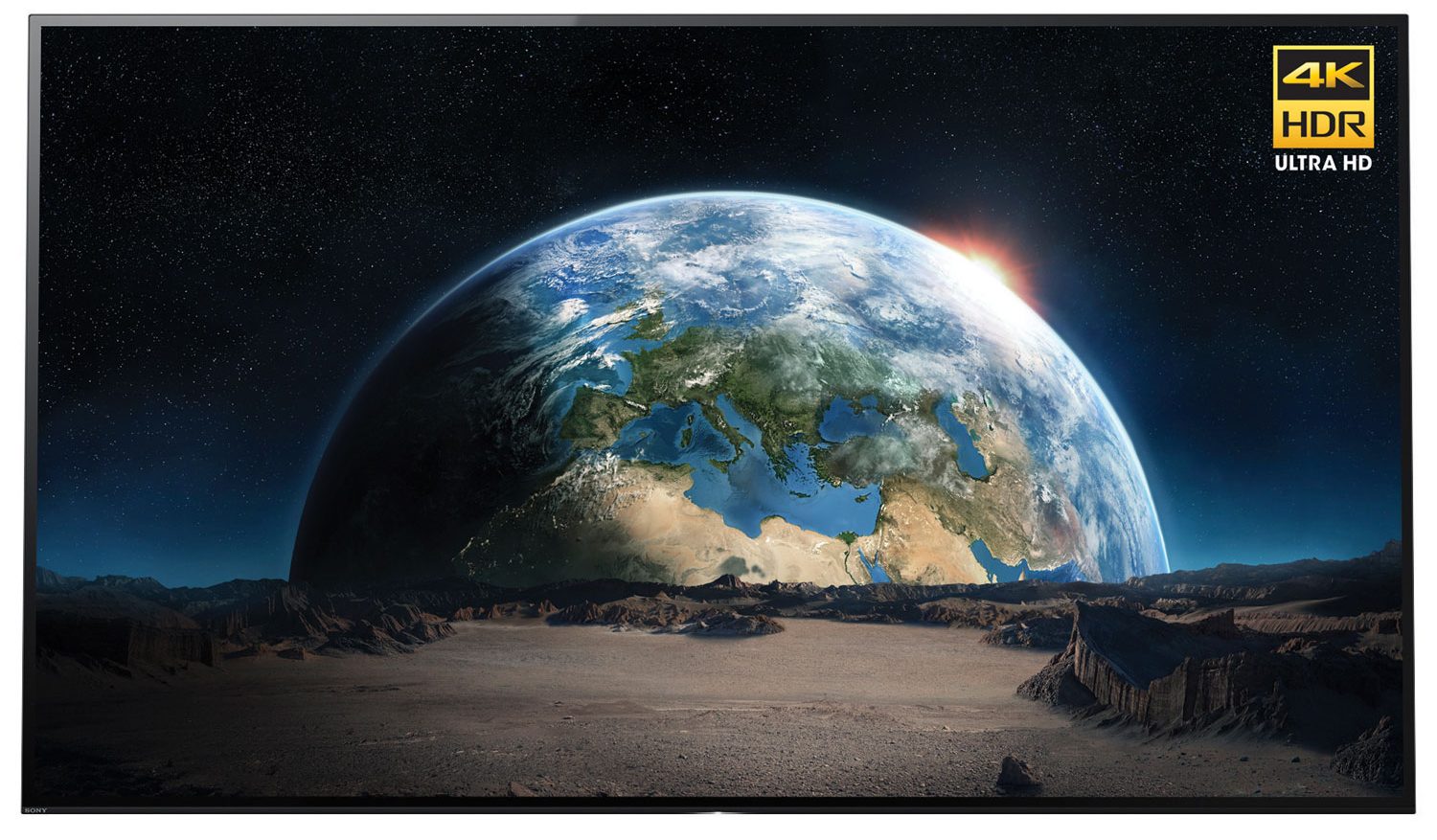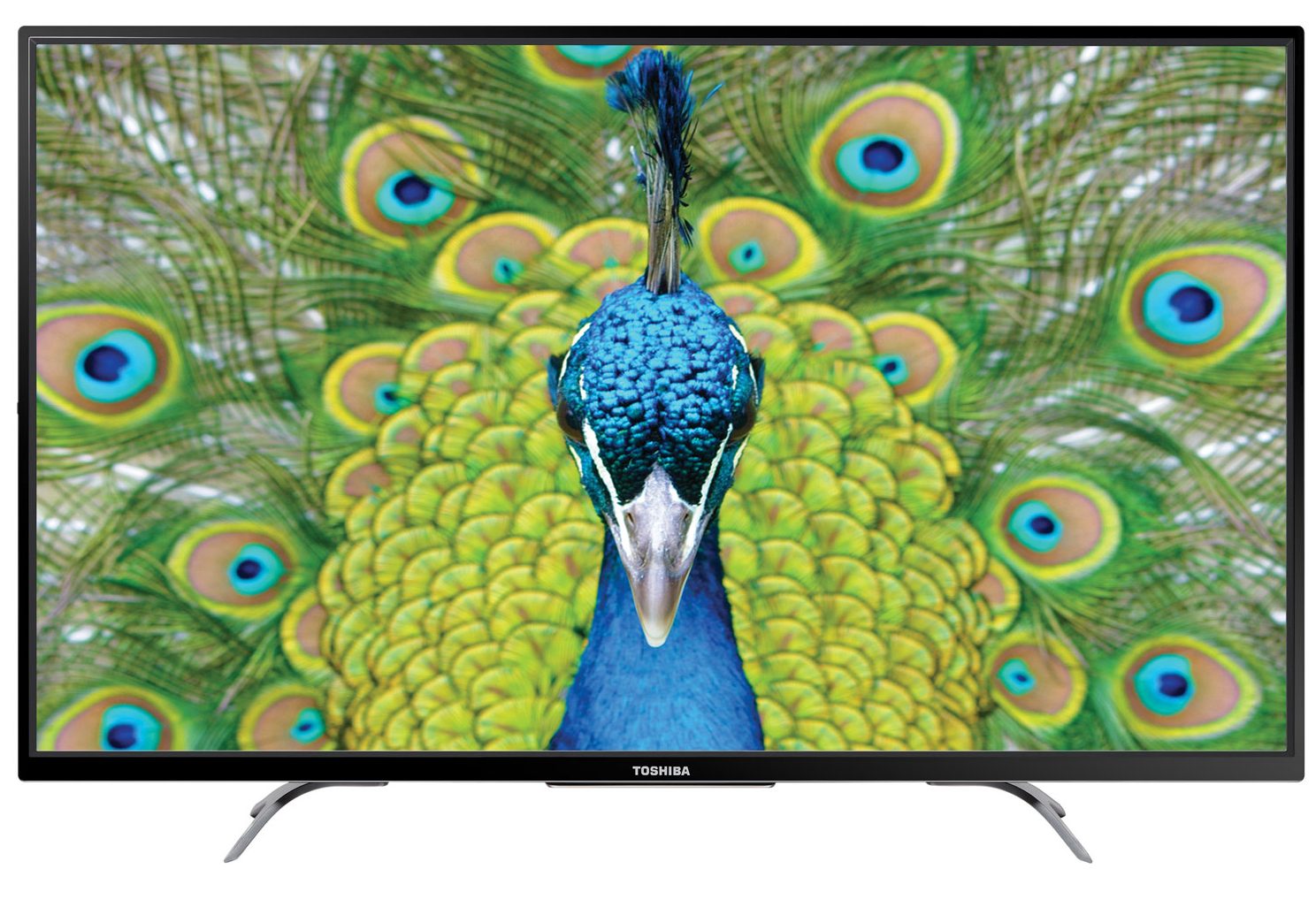
Televisions are a cornerstone of home entertainment, and there’s a constant evolution in TV technology aiming to deliver the best viewing experiences. In the contemporary television market, the primary contenders are OLED (organic light-emitting diode) and LED (light-emitting diode) TVs. In this guide, we’ll explore these technologies and help you understand their differences to make an informed decision when purchasing your next TV.
Understanding TV technology: the basics

TV technology has advanced tremendously since the first black-and-white sets. Today, the spotlight falls on OLED and LED televisions. Both terms refer to the types of panels and lighting used in the screens.
OLED TVs use a technology known as organic light-emitting diodes. Every pixel in an OLED display is made of a material that glows when an electric current is applied. It’s organic because these materials are carbon-based. The principal advantage of this approach is that each pixel can independently brighten, dim, or turn off completely, providing remarkable contrast and depth.
Conversely, LED TVs use a different type of technology. These TVs are essentially LCD screens with LED backlighting. LED lights either sit behind the screen or around the edges, illuminating the liquid crystal display (LCD). While these TVs can deliver excellent picture quality, their contrast and colour depth might not measure up to OLED TVs due to their reliance on backlighting.
The real difference between OLED and LED TVs
When it comes to differentiating OLED and LED TVs, it’s all about light control. OLED TVs offer superior picture quality, exhibiting better black levels and contrast ratios due to the ability to control lighting on a pixel-by-pixel basis. This also results in an impressive colour range and smooth motion. However, OLED technology can be more susceptible to burn-in risks, where static images left on the screen for extended periods can potentially cause permanent display damage.
LED TVs, while lacking the ability to control individual pixel lighting, tend to be more affordable, durable, and energy-efficient. The lifespan of LED TVs often exceeds that of OLEDs, and their susceptibility to burn-in is considerably lower. However, they may suffer from inconsistent black levels, reduced viewing angles, and less colour accuracy compared to OLED TVs.
The 4K revolution and how OLED TVs step up the game
Resolution is a key factor when considering TV quality. 4K, or Ultra High Definition (UHD), refers to the display resolution that is approximately four times the pixel count of Full HD. 4K OLED TVs can fully leverage their per-pixel lighting control, making 4K content look incredibly detailed and vibrant.
How to know if your TV is OLED
If you’re unsure whether your TV is OLED, there are a few clues to look for. OLED TVs often have incredibly thin profiles, almost paper-like. On-screen, they exhibit very deep blacks and vibrant, accurate colours. Also, you can look up the model number online or consult the product details in the user manual to confirm.
LED vs OLED TV: which one is for you?

Your choice between an OLED and an LED TV depends on your viewing preferences, budget, and environment. OLED TVs, with their exceptional contrast and colour accuracy, are ideal for cinephiles and gamers, provided they’re within your budget. They also perform well in dimly lit rooms. LED TVs, on the other hand, are suitable for general TV viewers who prefer durability and a lower price point. They are less likely to suffer from burn-in and usually have a longer lifespan. LED TVs also perform better in brightly lit rooms. Additionally, LED TVs come in a wider range of sizes: if you want a TV larger than 85 inches, then you will be looking for a LED TV.
In the end, both OLED and LED TVs have their distinct advantages. Your final choice should depend on your specific requirements and preferences. By considering the points discussed in this guide, you’ll be better prepared to make an informed decision that will ensure a satisfying TV viewing experience for years to come.
FAQ
Finally, let’s address a few common questions about OLED and LED TVs:
Can LED TVs display 4K resolution?
Yes, most LED TVs come with 4K resolution capabilities.
How long do OLED TVs last?
While it varies, OLED TVs typically have a lifespan of around 100,000 hours.
Is burn-in a common issue with OLED TVs?
Burn-in can occur, but it’s generally only a risk if static images are left on the screen for extended periods.

Remember, an informed decision is the best decision. Modern TV technology has come a long way and both types of televisions, OLED and LED TVs, offer exceptional entertainment value. Decide on the size of TV you want, and a price range, then look at the selection of both types at Best Buy. We hope this guide helps you in your journey to find the perfect TV.
This article was drafted using AI technology and then reviewed, fact-checked, and revised by a member of our editorial team.




